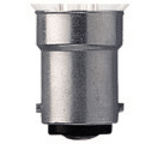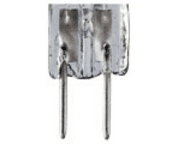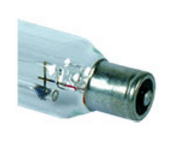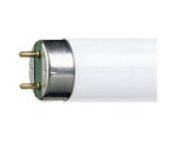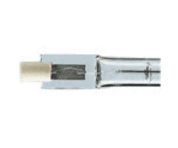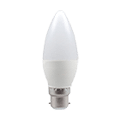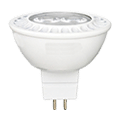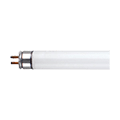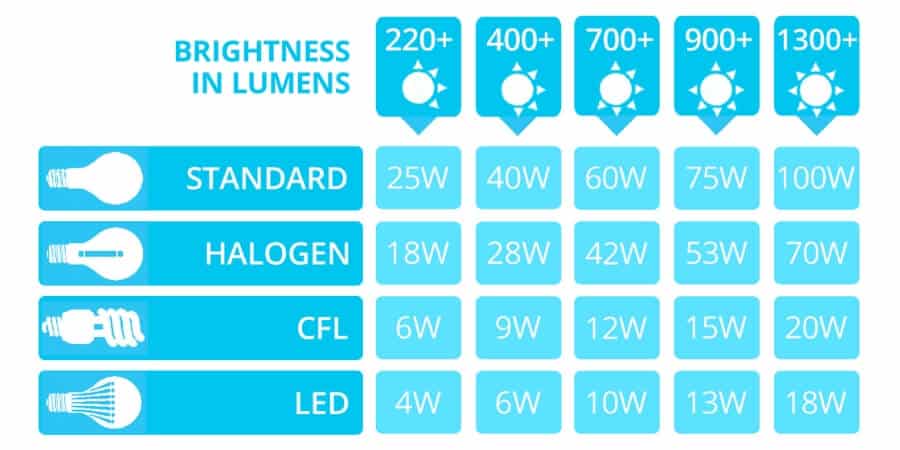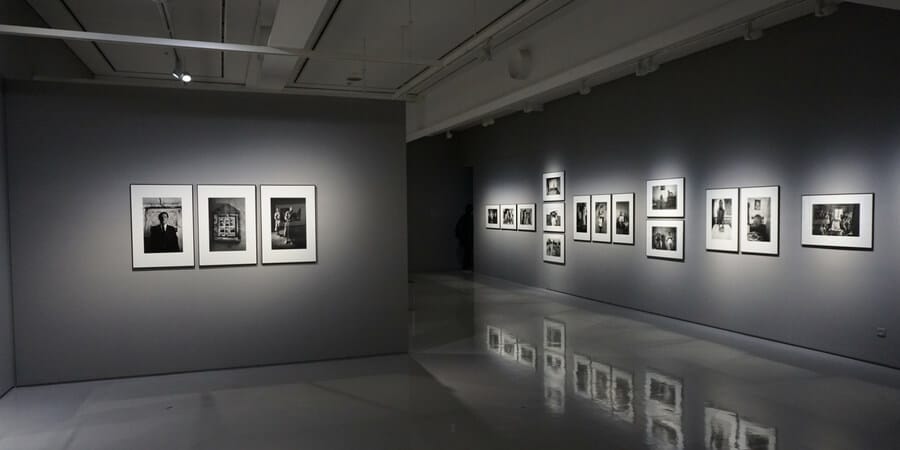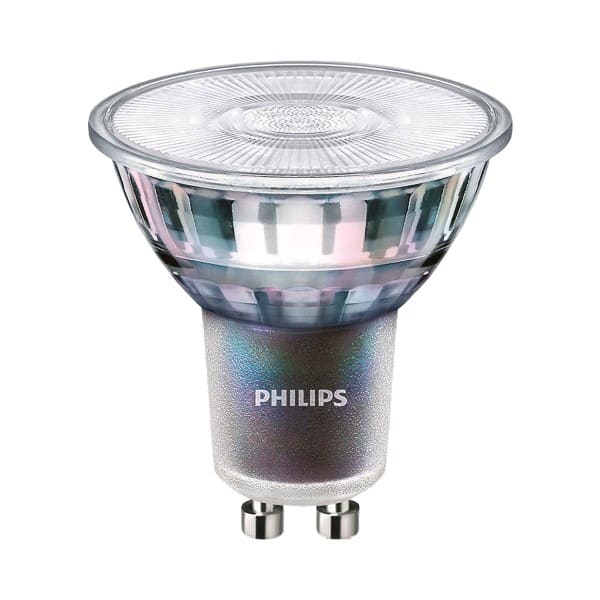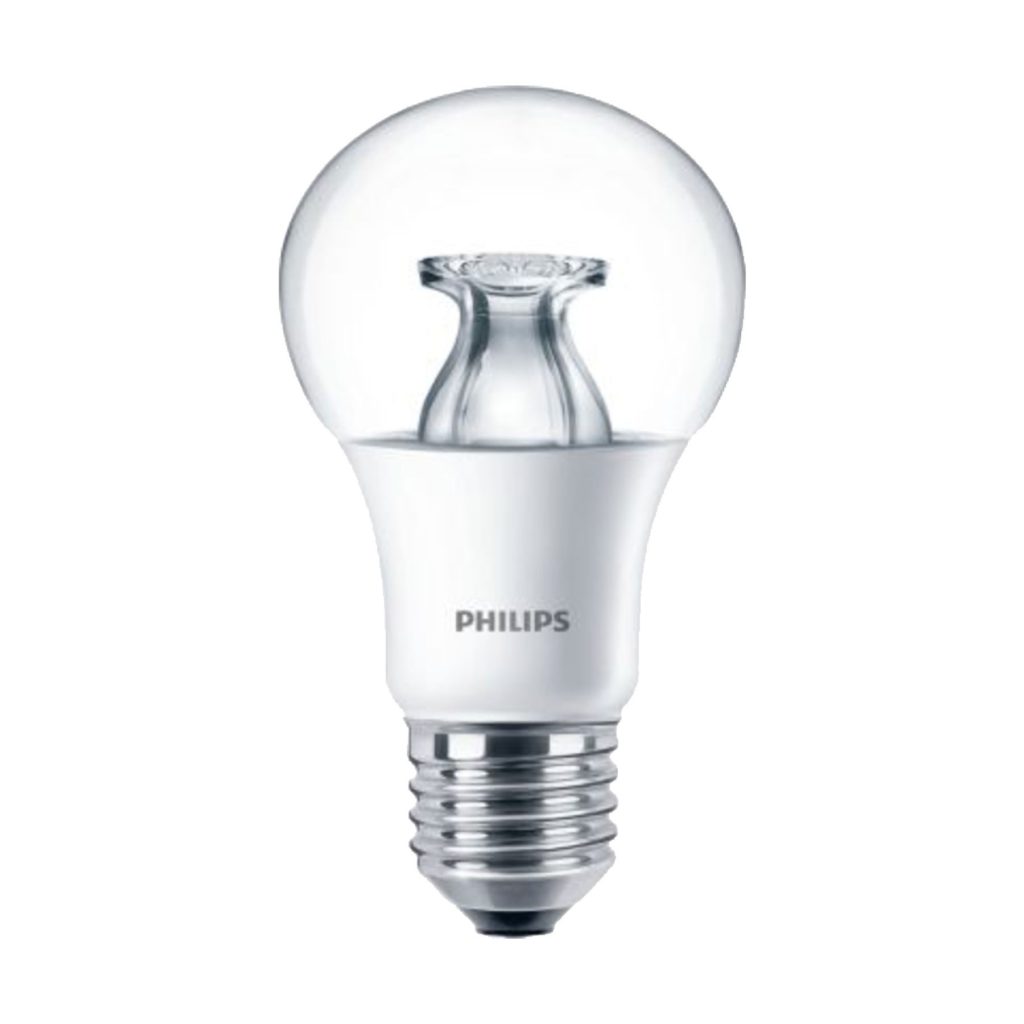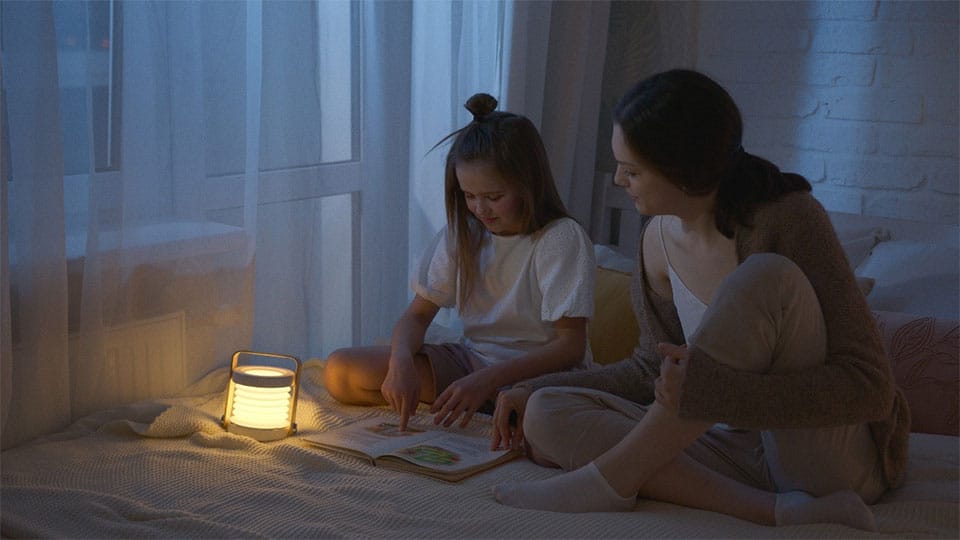You’ve carefully selected a piece of artwork that you love, and now you want to do it justice by lighting it properly. After all, correctly lighting artwork ensures that your investment gets the attention it deserves, and is essential for showing off the nuances and details that make it so special. This is where accent lighting comes in.
Since lighting has such a significant impact on our mood, and ultimately our overall impression of something, you can use it to really punch up a piece by highlighting details and eliciting a more powerful response. Keep reading to get our tips for properly lighting a piece of art.
Important Considerations
Properly lighting a piece of art means considering not only your personal preferences and the piece itself, but also what surrounds it. This includes environmental factors like pre-existing lighting conditions, other artwork in the room, fixtures, light bulb selection, conservation of the piece, and how it all ties together.
Before you begin, remember:
- Good lighting draws attention to what it is lighting, not the lighting itself.
- Not all artwork needs its own light source. Consider the piece, other pieces in your collection, and your current lighting situation before deciding whether to add additional accent lighting.
- Pieces with lots of dark tones will require more light than lighter coloured pieces.
Different types of artwork will also require different considerations:
- If the piece is framed, is it in a large or small frame? This will impact what type of fixture can be used. Artwork without a frame or with a narrow frame should not be lit with an attached picture light.
- What about glass? Proper fixture placement can help reduce glare and unwanted shadows, so play around with placement before installing fixtures that can’t be adjusted. There are non-reflective glass options, but they can dull colours so think about how that will affect the impact of the piece.
- Photographs and prints – The paper finish of a piece will impact how prone to glare it is. A print with a glossier finish will be more likely to produce glare than one with a matte finish, so factor that into your light fixture selection.
- Sculpture should be lit from multiple angles to highlight all of its dimensions, but what direction it should be lit from is highly individual and dependent on the piece. Consult with the artist or gallery upon purchase.
When lighting a painting, consider the type of paint used, as different paints react differently to light.
- Oil paintings tend to be glossier than acrylic, creating glare issues when lit with spotlights or bulbs with narrow beam angles. Instead of direct accent lighting, opt for multiple or general light sources that are less intense.
- Acrylic paintings, on the other hand, are less prone to highlights and are more forgiving with what light source can be used.
- Watercolour paintings on their own don’t produce the same glare issues as oil or acrylic can, but since they will need to be placed under glass to protect the paper, they can still suffer from reflection and glare problems when not lit properly.

Conservation
Think about a room in an art gallery or museum: they typically have covered windows or no windows at all, and are dimly lit with shielded light fixtures to display their most important pieces. This is because over time, certain types of lighting can cause damage to artwork. Heat, infrared, and UV light can damage materials, burn them off, and cause colours to fade, as well as cause varnish to crack and discolour.
Avoid damage by being smart about what types of lighting you expose your artwork to, and by taking precautions wherever possible:
- Keep artwork away from windows and direct or bright indirect sunlight. Sheer curtains, solar blinds, or solar film applied to windows can help let the light in while limiting damage.
- Use LEDs—they run cool and emit no UV or infrared light.
- Alternately, keep lights a safe distance away—far enough that you can no longer feel the heat with your hand—and use gels or lens filters to cut down on UV and infrared light.
Light Levels
Accent lighting intended to highlight a piece of artwork should be about three times brighter than the ambient lighting in the room. The easiest way to achieve this is to illuminate the artwork to your desired level of brightness, and then adjust the ambient lighting afterwards.
Placement & Angle
Determine where the light fixture will need to be placed in order to evenly illuminate the entire piece. To reduce shadows and glare caused by recessed or track lights, position the accent light at a 30 degree angle to the artwork so that the beam strikes the centre of the piece. You may need to play with the angle a bit to get the look you want. If you want to emphasize texture, reduce the angle by a few degrees to create shadows.
PRO TIP: If you’re finding it difficult to evenly light the entire piece, don’t worry—as long as the intensity is fairly close between the top and bottom, the eye will perceive it as evenly lit.Learn more about beam angle.
Types of Light
The type of light and lamp fixture you select matters because it can affect how the colours are rendered, the overall impression of the work, and even damage the artwork if it’s the wrong type of light. You may already have existing lighting in place that will work, in which case you might just need a new bulb:
Light Bulbs
- LED: LEDs boast a lot of benefits that make them ideal for lighting artwork. Their cool operating temperature, lack of ultraviolet and infrared light, and good CRI rating mean they’ll display your favourite pieces well without causing damage. Opt for a colour temperature of 2700k or warmer.
- Halogen: Halogens have a high CRI score, so they’ll make any artwork look good, but they generate a lot of heat, which is bad for conserving artwork. Exposure to too much heat can cause colours to fade and varnish to crack, so if you want to use halogen bulbs, make sure they’re placed far enough away from the artwork that they won’t cause damage.
- Incandescent: Incandescents are a popular bulb for residential lighting because they have a warm, relaxing glow. This makes them perfect for making certain shades pop, like yellows and reds. However, like halogen bulbs, they also give off a lot of heat, so place the bulb far enough away that the heat won’t damage the artwork.
- Fluorescent & CFL: Fluorescent light bulbs should be avoided because unless they have a very high CRI, they tend to show colours incorrectly. More importantly, without proper shielding they emit UV rays, which causes damage to the artwork.
Fixture Styles
If you’re not happy with how your current fixtures are illuminating your artwork, you can easily install new fixtures and lamps or hire someone to do it. These are the types of fixtures you should consider:
- Picture lights – Mounted to the frame or directly above it, these classic lamps come in a wide variety of styles and create an intimate type of accent lighting.
- Track lighting – If you have the wall or ceiling space for it, track lighting is the best way to go. It offers the most flexibility in case you change your mind about artwork placement later because you can easily add and remove lights or move their position.
- Recessed lights – Recessed lights are less flexible than track lighting, but easier to conceal if you don’t mind committing to the location. There are a few different ways to utilize recessed lighting when illuminating your artwork, including using wall washers to bath the entire wall in light or a more concentrated spotlight with a directed beam.
Remember to double check what type of bulb your fixture takes before purchasing.
Artful Illumination
Properly lighting your artwork gives it the opportunity to safely shine, showing it off without damaging it and adding interest to the room.
Learn about the 4 secrets of a well lit room.
Need additional advice? Contact us!



